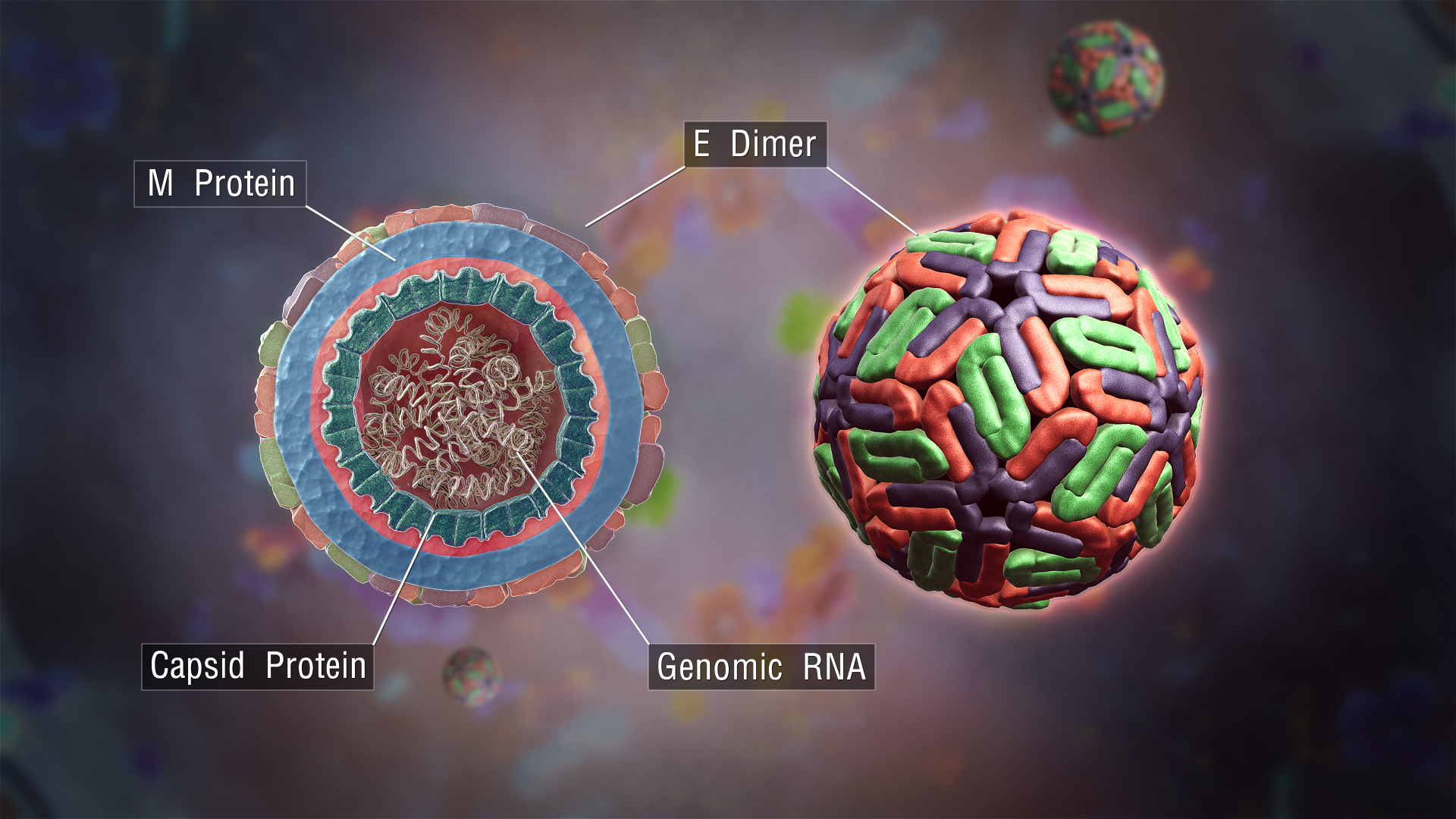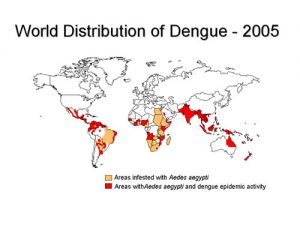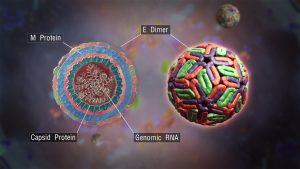When pollution in Beijing became so bad that poisonous smog formed and remained for several days, China finally realized that climate change is a real threat. However, the effects of climate change isn’t isolated to just China, it affects the rest of the world as well. Personally, I prefer my regular Summer weather to be warm and not scorching hot, but in 20 years I may have to live with unbearably hot afternoons. A recent breakthrough involving the storage of carbon dioxide (CO2), one of the main greenhouse gases in the Earth’s atmosphere, by injecting it into the ground has caught my attention.
A study by Matter in Iceland used a method where they separated CO2 gas from the atmosphere and inserted it in the rock near volcanoes. The study found that the CO2 that was injected in these areas reacted with the volcanic material to form new materials such as limestone. The carbon is trapped in the form of new material and does not reenter the atmosphere, therefore reducing the amount of greenhouse gases in the Earth’s atmosphere.
The general process behind how greenhouse gases work to trap energy that is released by the Earth. From Wikimedia Commons.
What does a greenhouse gas do exactly? The Earth radiates its own energy outwards and some of it escapes into the depths of space. However, most of the energy hits a greenhouse gas molecule such as carbon dioxide (CO2), causing the energy to be shot out randomly in any direction. This means that the energy could potentially be redirected down back to the Earth, trapping the energy and causing the temperatures to rise as a result.

Graphs showing the change in amounts of different greenhouse gases across a period of time from 1975 to 2015. From Wikimedia Commons.
What does this mean for the rest of the world? If this method proves to be viable in all regions that have access to a volcano, then perhaps a worldwide collaboration involving the injection of carbon could be discussed. As more carbon is removed from the atmosphere and stored in the ground, lower amounts of energy will be trapped by greenhouse gases which may allow the Earth to slow down its current warming trend. However, not all countries will be able to readily use this method due to its high cost, but perhaps future advancements in technology will lower these costs so that it becomes viable for any country to perform.
I think our current year round weather is great in Vancouver. However, as the amount of greenhouse gases increases, it’s going to make the Summer season much harder for me to enjoy. Therefore I’m personally hoping that this research gains more recognition so more studies can be performed on the long term viability of its findings.
Angus Lee


 General cross-section view of a Dengue virus. From
General cross-section view of a Dengue virus. From 
